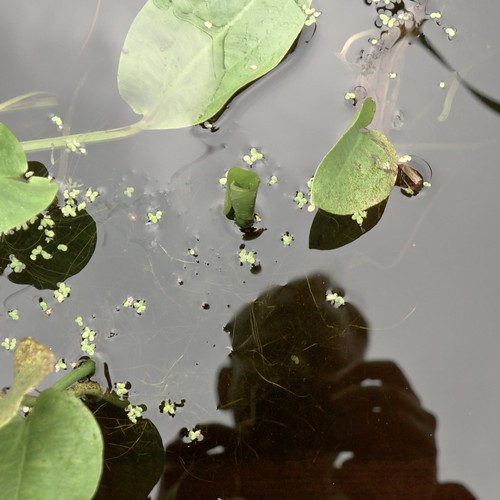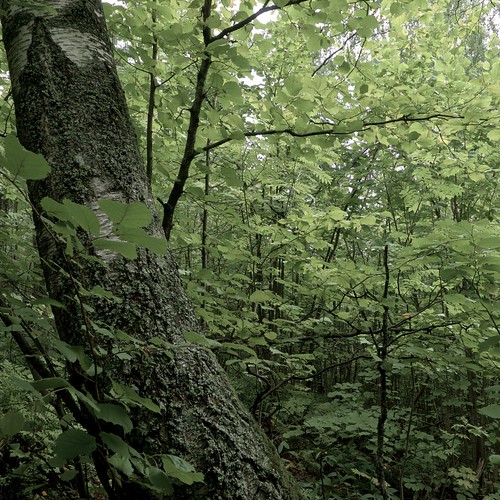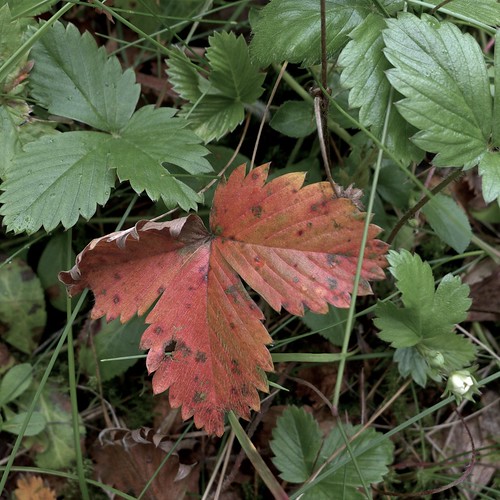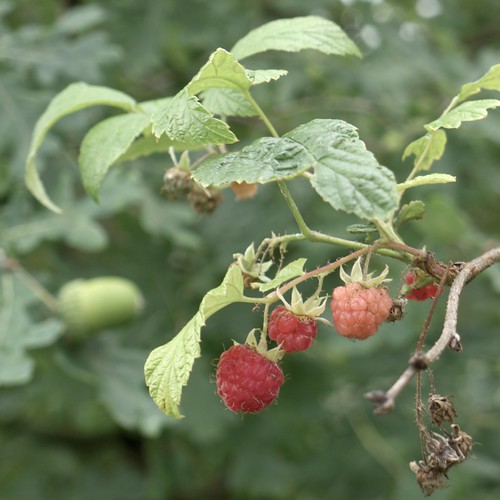These photographs were all developed from LX5 RAW files. Thanks to Christophe for pointing the way.
In RAW input, I have set boost to 0, and this is now my default setting for importing LX5 RAW files. And then I made a preset with these adjustments: exposure +1, recovery +1, contrast +0.15, definition +0.2. In addition, I set saturation to 0.7...0.9 which seems fine to my purposes.
Also, extended range seems useful. Shooting jpeg I have grown rather wary of overexposure, and in any case I like the look a somewhat darker photographs. But with RAW one doesn't need to be so careful. I played a bit (curves control, extended range) to get highlights in.
Now that I managed to switch on JPEG+RAW shooting and, thanks to Christophe, have some idea on how to work with RAW files, there is another in the series of stupid questions.
Namely, when I import a photograph taken with the JPEG+RAW setting in LX5, it shows up in Aperture as one entity. You can select "user RAW as master" or "user JPEG as master" - but how do you split JPEG and RAW files into separate photographs?
What I did was to make a new version out of the JPEG+RAW combination, and select RAW as a master in the other and JPEG as the master in another. But this seems very wasteful considering disk space.
How would one do in Aperture - in case the JPEG from the camera is good enough - to delete the RAW file? And vice versa?
Also, shooting JPEG+RAW there are some drawbacks: LX5 preview is often slower, and when one takes several photographs in quick sequence (as I tend to do, 2-8 photographs in a few seconds) the LX5 locks up until it has written data to the card. So, I won't be using this combination for my everyday shooting.
But here is a problem, as I have grown into a mode of photography where I want the results to be predictable, so that when I take a photograph my brain (especially the unconscious part) has a grasp on what it will get.
I don't like the approach of "saving the shot in Photoshop". In fact, my style is completely the opposite: if I made a mistake when taking the photograph, I just delete the photograph. Next time better luck - and practise makes perfect. In fact, I think that it is possible to teach the unthinking part of brain quite a lot of skills which are below conscious, and if one doesn't take a strict approach, learning is not happening.
And I think this is working, at least sometimes. I have taken some photographs were everything in terms of composition is just perfect - without having had any time to think about the shot at all. The brain just made it happen. And if one relies on post-processing to save the day, is it possible to learn to get it right at once?
Well, after this slight detour, back to program: what I would like to have is a RAW workflow which is as predictable as the LX5 "nostalgic" (or "dynamic b&W") film mode, and preferably as close to the JPEG results as possible. I'm slowly getting there, but not quite yet.
Whatever it was, I’d never know.
14 hours ago







2 comments:
Creating two versions and selecting use jpeg as master in one and use raw as master in the second is not really a waste of space since there is no actual duplication of the masters. It is "only" a duplication of the preview and adjustments (the concept is explained chapter 3 of Aperture user manual). It is equivalent to select the option to import jpeg and raw as separate masters.
If your plan is to get rid of either the jpeg or the raw in the end, it will be easier to do so if you select this option (import as separate masters) from the import pane in the first place.
@Christophe: Thanks once again!
I had a look at the manual and there it was indeed said clearly how versions work in Aperture. Suits me.
Post a Comment